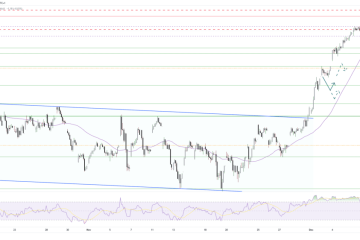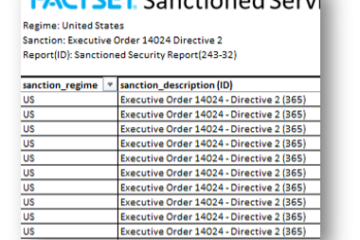Exploring the Significance of KL Charts in Data Visualization

Introduction to KL Charts
KL Charts, derived from Kullback-Leibler divergence principles, are emerging as a significant tool in the realm of data visualization and analysis. As organizations increasingly rely on data-driven decision-making, visualizing complex statistical information becomes crucial. KL Charts provide a clear representation of the differences between probability distributions, helping analysts and decision-makers interpret data more effectively.
Understanding KL Divergence and Its Application
Kullback-Leibler divergence is a way of measuring how one probability distribution diverges from a second, expected probability distribution. In fields such as machine learning, statistics, and information theory, this metric is vital for understanding changes in data distribution, optimizing algorithms, and making informed decisions. By using KL Charts, analysts can visually compare these divergences, allowing for a more intuitive grasp of the data.
Recent Developments and Adoption of KL Charts
As of 2023, various industries are adopting KL Charts in their data visualization strategies. Technology firms use KL Charts to assess model performance, ensuring that predictive models align with real-world data distributions. Healthcare organizations leverage these charts to analyze patient data outcomes, ensuring that treatments are tailored effectively. Furthermore, financial analysts apply KL Charts to evaluate market trends and abnormalities, thus enabling better investment strategies.
The integration of KL Charts in business intelligence tools has also grown, with platforms like Tableau and Power BI recognizing their importance and functionality. This shift highlights how incumbent data analysis tools are evolving to accommodate more sophisticated analytical methods.
Conclusion: The Future of KL Charts in Data Analysis
In conclusion, KL Charts represent a pivotal advancement in the field of data visualization. As data complexity increases, the need for effective analytic tools will only intensify. With the ongoing developments in artificial intelligence and machine learning, it is likely that KL Charts will become a standard feature in data analysis toolkits across all industries. For businesses and analysts, familiarizing themselves with KL Charts will not only enhance their analytical capabilities but also offer insights that are increasingly vital in today’s data-centric world. As organizations recognize the value of visually interpreting probability distributions, KL Charts are set to play an essential role in shaping the future of data visualization.






